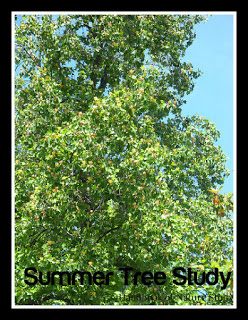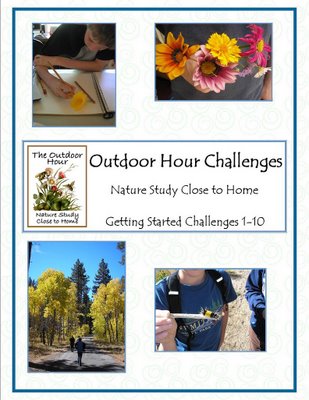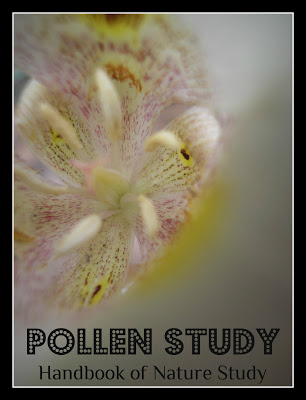How can you live in a state your whole entire life and not know about a fascinating, secluded, national park right at your doorstep? Off the coast of California is the least visited national park in the United States, Channel Islands National Park.
We were trying to think of something new and interesting to do during our few days we had down the coast and this came up and we decided to take a chance and go out to the islands. We caught this boat in Ventura, California early in the morning.
As we started out of the harbor, we saw this whole flock of pelicans sitting on the rocks of the jetty. If you have never seen a pelican close up….they are huge and wonderful to watch as they fly.
We chose to go to the largest of the Channel Islands to do some day hiking. Santa Cruz Island is about an hour’s trip by boat from the coast.
As we cruised out to the island, we were happy to learn that a park naturalist was on board and would be giving a talk once we got to the island. The naturalist came around and introduced himself to our family and I told him that we were taking the trip to the island as a way to build interest in marine biology since we were going to be studying it this school year. He was so thrilled to have interested listeners and he gave us his special whale lecture as we rode along on the boat. He knew his whales and we were interested to know that we could actually see whales during their migration from the island at certain times of the year. (I see another “field trip” later in the year.)
Once on the island I realized that it was a wildflower paradise. Check out the size of these morning glories, unique to the islands.
How about this beauty of a flower….I haven’t identified it yet.
And this is the remnants of a wild cucumber. See the seed inside?
We hiked about five miles from one part of the island to another. We started at Scorpion Ranch and then went to Scorpion Point and then went over to Potato Harbor.
Look at the color of that water and I wish you could have audio from this place. We could hear sea lions barking from the rocks at the entrance to the harbor.
There were many sea birds but the one bird that I never got tired of seeing was the raven. Their flight is so graceful and lovely to watch. Here is one raven that actually stayed in my camera’s line of vision long enough to get captured.
Back at the cove on the dock where we waited for the boat to pick us up at the end of the afternoon, we were interested in watching the kelp as it swayed in the water. It was truly like an underwater ballet.
You can also see if you look closely in this photo, purple sea urchins under the water….lots of them.
Then at just as the boat was due to pick us up, this sea lion came to give us a show.
This was a fantastic place for nature study and you can camp on the island…a little primitive but Santa Cruz Island has potable water. I highly recommend a visit to the Channel Islands National Park if you are ever in California.
We are going to go back and spend a few days sometime in the next year. I would love to go whale watching and sea kayaking.





















